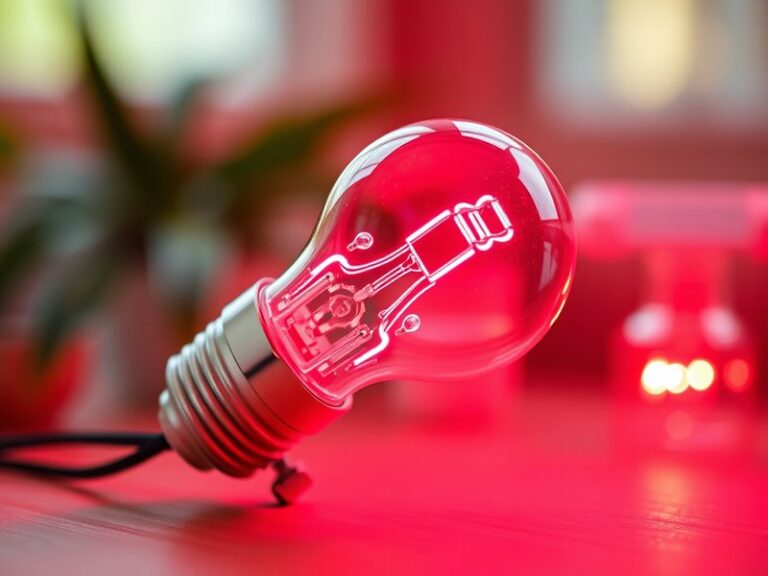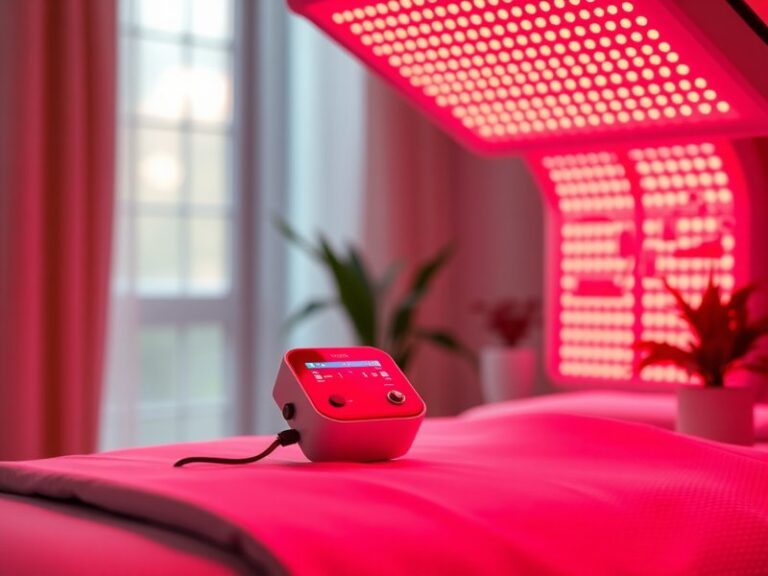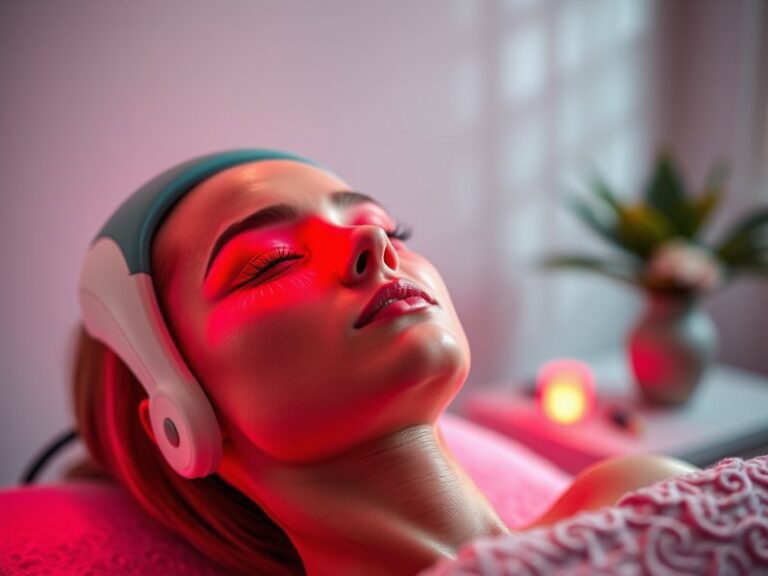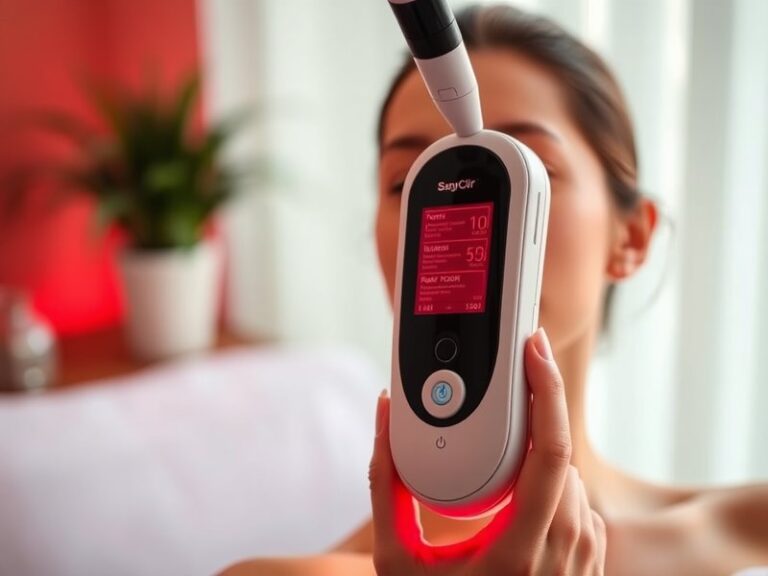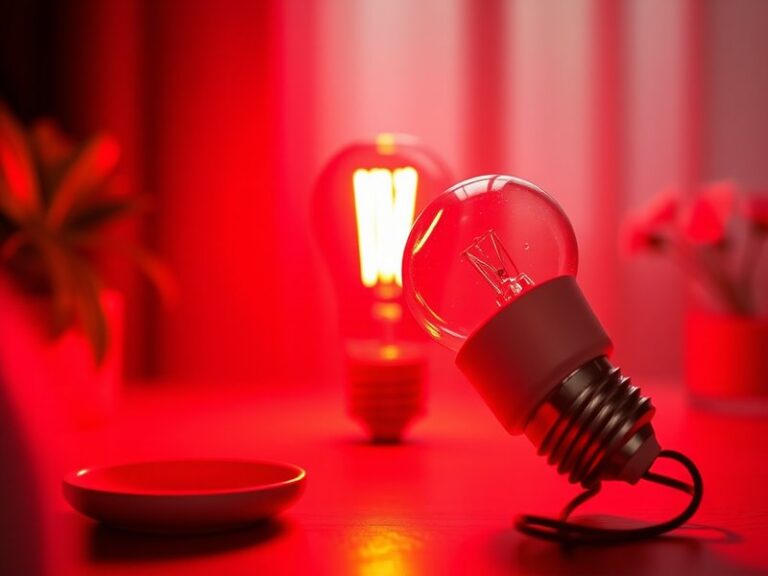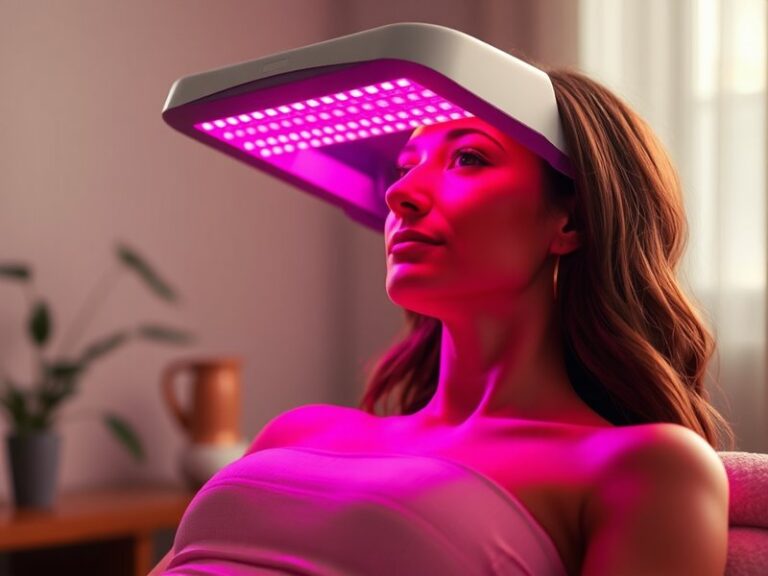Can Red Light Therapy Cause You To Break Out?
Can Red Light Therapy Cause You To Break Out?
Could red light therapy, known for its skin benefits, actually lead to acne breakouts instead?
This article will explore the relationship between red light therapy and skin health, including potential adverse effects like breakouts. We’ll examine how this popular skincare treatment works, its various benefits, considerations to keep in mind, and alternatives to consider for those concerned about skin reactions.
Key Takeaways
- Red light therapy generally supports skin health but can lead to breakouts in some individuals.
- Skin type, existing conditions, and treatment duration can influence the likelihood of breakouts.
- Understanding your skin’s needs and consulting a dermatologist can help mitigate risks.
What is Red Light Therapy?
Red light therapy (RLT) is a non-invasive treatment that uses low wavelengths of red light to penetrate the skin. It is commonly used to promote healing, reduce inflammation, and improve skin tone and texture.
This therapy works by stimulating cellular activity, particularly fibroblasts, which are responsible for producing collagen. The increased collagen production helps in reducing wrinkles, enhancing skin firmness, and even promoting faster healing of certain skin conditions.
How Does It Work?
Red light therapy involves the application of specialized LED lights or lasers to specific areas of the skin. When the light is absorbed by skin cells, it can enhance their energy production, leading to improved cellular regeneration and repair. However, individual reactions may vary, and understanding the dynamics of your skin’s response is crucial.
What are the Benefits of Red Light Therapy?
Red light therapy offers several advantages for those seeking skin improvements. The following points will highlight the benefits in detail.
Promotes Healing and Tissue Repair
RLT has been shown to speed up the skin’s healing processes, making it effective for acne scars, burns, and post-surgical recovery. Studies indicate that patients report faster healing times with RLT compared to standard treatments.
Reduces Inflammation and Redness
Many users find that RLT helps reduce redness and inflammation associated with acne and rosacea. This soothing effect can improve overall skin appearance and comfort, making it a popular choice among individuals with sensitive skin.
Improves Skin Tone and Texture
Regular use of RLT can lead to visibly improved skin tone and texture. By promoting collagen production and skin cell turnover, RLT helps individuals achieve a more youthful and vibrant complexion.
Enhances Circulation
Increased blood flow to the treated areas can improve nutrient delivery and removal of waste products, further benefiting skin health. Enhanced circulation supports an overall healthier glow.
Is it Possible to Break Out from Red Light Therapy?
While red light therapy is predominantly regarded as beneficial, it is possible for some individuals to experience breakouts following treatment. This can stem from several factors related to individual skin characteristics and treatment protocols.
What are the Causes of Breakouts After Red Light Therapy?
Several reasons may contribute to post-treatment breakouts, including:
- Overstimulation of Skin: For those with sensitive or acne-prone skin, the increased cellular activity can sometimes result in a temporary flare-up as the skin adjusts.
- Skin Type Considerations: Oily and acne-prone skin types might react differently, and RLT can exacerbate conditions in individuals already prone to breakouts.
- Incorrect Usage: Using red light therapy too frequently or for extended periods can potentially overwhelm the skin, leading to irritation and breakouts.
What are the Things to Consider Before Starting Red Light Therapy?
Before starting red light therapy, it’s essential to consider various factors to minimize the risk of adverse reactions.
Skin Type Assessment
Understanding your skin type is crucial. Individuals with oily or highly reactive skin should proceed with caution, as RLT might exacerbate existing conditions.
Find all the details in Pre-Red Light Therapy Application
Consultation with a Dermatologist
Before beginning RLT, consulting a dermatologist can provide personalized insights and guidance tailored to your skin’s specific needs. They can help you determine the right treatment duration and frequency.
Patch Testing
Before full application, consider conducting a patch test on a small area of your skin. This can help gauge how your skin will respond to the therapy and reduce the likelihood of widespread breakouts.
What are the Alternatives to Red Light Therapy?
If you’re concerned about the potential for breakouts with red light therapy, several alternatives can offer skin benefits without the same risks.
Low-Level Laser Therapy (LLLT)
Similar to RLT, LLLT uses different wavelengths of light but may be less intense. This option can still provide healing benefits while potentially reducing the chances of overstimulating sensitive skin.
Chemical Peels
Chemical peels use acids to exfoliate the skin’s surface, promoting regeneration and reducing acne. This option can clear clogged pores while providing brighter, smoother skin.
Microneedling
Microneedling involves creating tiny, controlled injuries to stimulate collagen production and improve skin texture. When performed by professionals, this treatment reduces acne scars without the risk of irritating the skin with light therapies.
Find out everything in Age for Red Light Therapy?
Conclusion: Is it Recommended to Try Red Light Therapy?
Red light therapy can be a valuable addition to skincare routines for many individuals, offering various benefits like improved skin texture and reduced inflammation. However, it is essential to consider your skin type and consult a dermatologist, especially if you are prone to breakouts. Understanding how your skin reacts to treatment is key to ensuring a positive experience.
Frequently Asked Questions
Can everyone safely use red light therapy?
No, individuals with certain skin conditions or sensitivities should consult a dermatologist before using red light therapy to avoid potential reactions.
How often should I undergo red light therapy?
The frequency of treatment can vary, but many professionals recommend sessions 2-3 times a week. However, it’s best to follow your dermatologist’s guidance.
Is red light therapy painful?
Red light therapy is generally painless. Most users report a comfortable, warm sensation during treatment, with no significant discomfort.
Can I combine red light therapy with other treatments?
Yes, many individuals safely incorporate red light therapy with other skincare treatments. However, confirming with a dermatologist or skincare professional is advisable to avoid adverse reactions.
What should I do if I experience an outbreak after treatment?
If you notice breakouts following red light therapy, avoid further sessions until you consult with a dermatologist who can provide tailored advice and treatment options.

